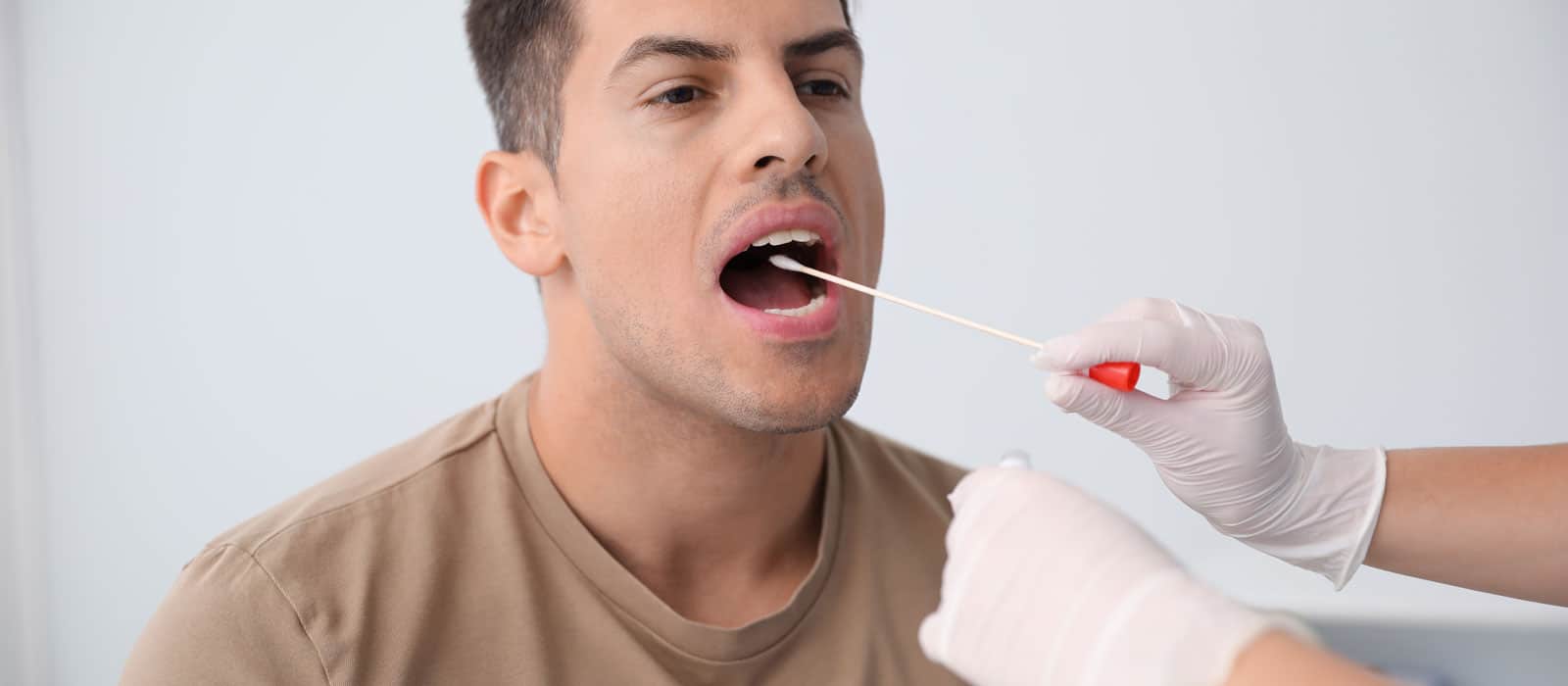A mouth swab drug test, also known as a saliva drug test, is a non-invasive and convenient method for detecting recent drug use. Unlike urine, blood, or hair tests, mouth swab tests are easy to administer, making them a preferred option for law enforcement, healthcare providers, and employers conducting drug screenings. The primary advantage of this test is its ability to detect recent drug use, often within minutes to hours after consumption.
Table of Contents
- Detection Windows for Common Substances
- How Does a Mouth Swab Drug Test Work?
- Factors That Affect Detection Times
- Can Mouthwash or Chewing Gum Affect Test Results?
- Differences and Effectiveness of Hair, Blood, Urine, and Mouth Swab Drug Tests
- How do they administer Mouth Swab Drug Tests?
- The Science of Having Your Saliva Tested
Detection Windows for Common Substances
Several factors impact how long drugs remain detectable in saliva, including metabolism, frequency of use, dosage, and test sensitivity. Below is a general detection timeline for commonly tested substances:
| Substance | Detection Window |
| Marijuana (THC, Cannabis) | Up to 24 hours (longer for chronic users) |
| Cocaine | 1-2 days |
| Opiates (Heroin, Morphine, Codeine) | 1-3 days |
| Methamphetamine (Meth, MDMA, Ecstasy) | 1-3 days |
| Amphetamines (Adderall, Ritalin) | 1-2 days |
| Benzodiazepines (Xanax, Valium, Ativan) | 1-3 days (varies by drug) |
| Barbiturates | 1-3 days |
| Alcohol | 6-24 hours |
| Hallucinogens (Phencyclidine – PCP, LSD) | Up to 3 days |
| Synthetic Drugs (Opioids like Fentanyl, K2/Spice, Bath Salts, Oxycodone, Methadone) | Varies based on test sensitivity |
Note: Individual results may vary based on body composition, hydration levels, and frequency of drug use.
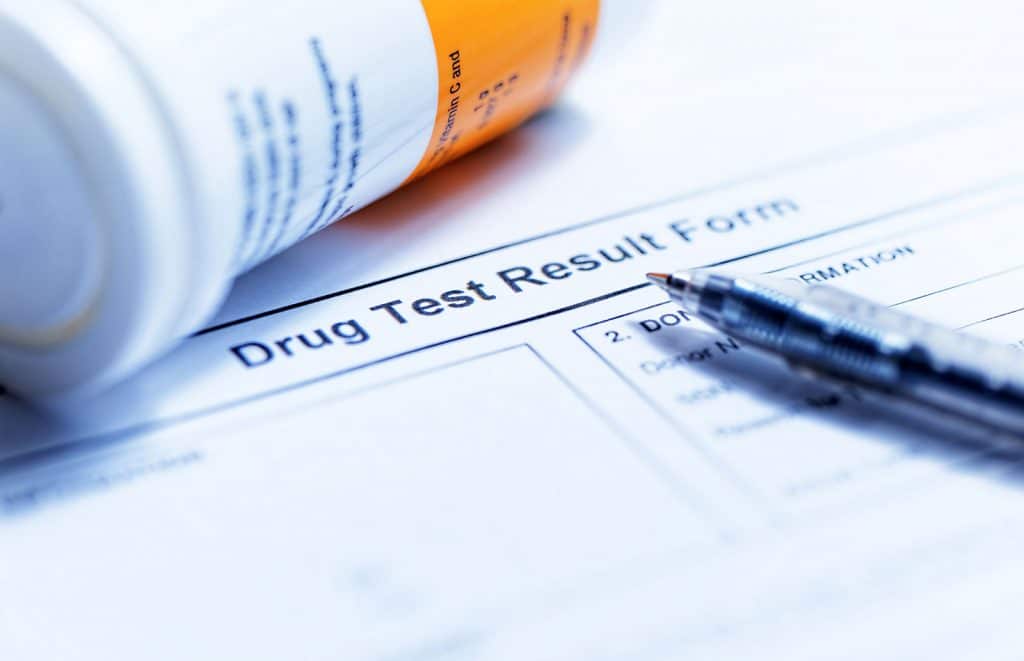
How Does a Mouth Swab Drug Test Work?
A healthcare professional or tester collects a saliva sample using an oral swab, typically placed under the tongue or between the cheek and gums. The sample is then analyzed either on-site for instant results or sent to a lab for more accurate testing.
Lab tests typically use:
- Chromatography-Mass Spectrometry (GC-MS)
- Enzyme Immunoassay (EIA)
These techniques detect parent drugs and their metabolites, which enter saliva through blood vessels and salivary glands. Factors such as saliva pH levels, blood flow, and individual metabolism can influence test results.
Factors That Affect Detection Times
Several factors influence how long drugs are detectable in saliva:
- Metabolism: Individuals with a faster metabolism eliminate substances more quickly.
- Frequency of Use: Chronic drug users will have longer detection windows.
- Dosage & Purity: Higher doses and purer substances stay in the system longer.
- Saliva pH Levels: More acidic or alkaline saliva can affect drug absorption.
- Hydration & Diet: Dehydration may prolong detection times.
Can Mouthwash or Chewing Gum Affect Test Results?
Some people attempt to pass a mouth swab test using mouthwash or chewing gum, but these methods provide temporary relief at best.
- Mouthwash: Alcohol-based mouthwashes (e.g., Listerine) may briefly mask drug traces but do not remove metabolites.
- Chewing Gum: Gum increases saliva production, which may dilute residues slightly, but does not eliminate them.
Modern drug tests are designed to detect metabolites, not just the active drug, making it difficult to cheat the test reliably.
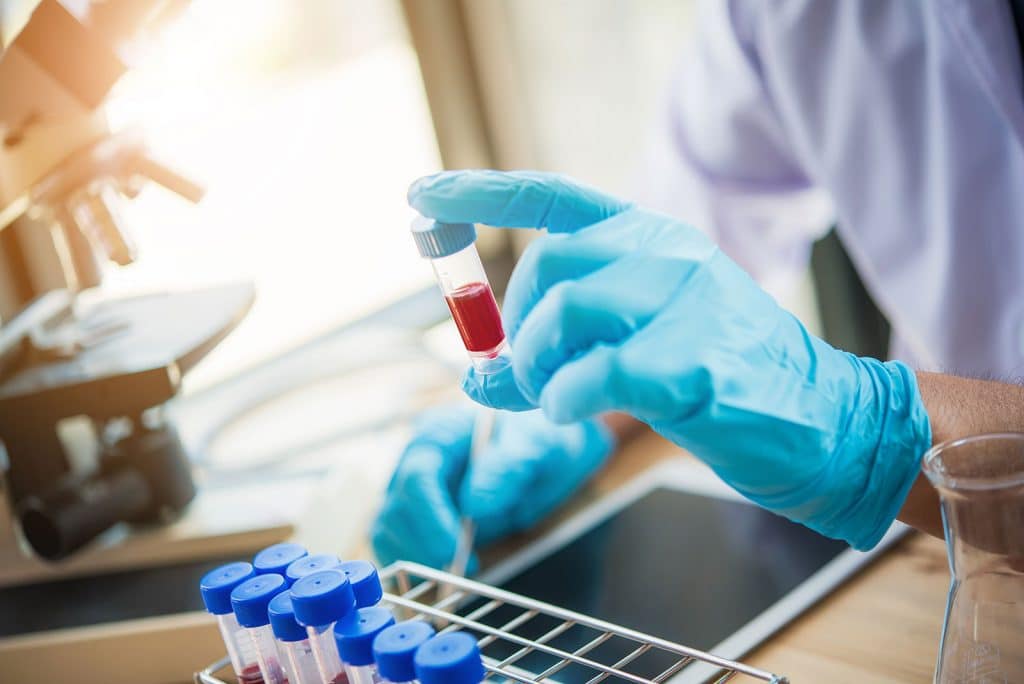
Differences and Effectiveness of Hair, Blood, Urine, and Mouth Swab Drug Tests
Different drug testing methods vary in detection windows, accuracy, and practicality. Below is a breakdown of hair, blood, urine, and mouth swab drug tests, comparing their effectiveness and differences.
Comparison Table: Drug Testing Methods
| Types of Drug Tests | Detection Window | Pros | Cons | Best For |
| Saliva (Mouth Swab) | Hours to 3 days | Quick, non-invasive, detects recent use | Short detection window | Recent drug use (workplace, roadside tests) |
| Urine | 1-7 days (varies by drug) | Common, relatively accurate | Easy to tamper with | Workplace drug testing program, legal screenings |
| Blood | Hours to days | Highly accurate | Invasive, short detection period | Medical & forensic investigations |
| Hair | Up to 90 days | Detects long-term use | Expensive, not useful for recent use | Long-term drug history, employment screenings |
1. Mouth Swab Drug Tests (Saliva Tests)
Effectiveness: Good for detecting very recent drug use
Detection Window: A few hours up to 3 days, depending on the drug.
Pros:
- Non-invasive, fast, and easy to administer.
- Difficult to tamper with compared to urine tests.
- Used in workplace drug testing and DUI roadside screenings.
Cons:
- Short detection window (not effective for detecting long-term use).
- Can be slightly affected by food, beverages, and oral hygiene.
- Less accurate for drugs with long metabolism rates (e.g., benzodiazepines).
Best For: Quick, on-the-spot drug testing for recent drug use.
2. Urine Drug Tests
Effectiveness: Most commonly used due to convenience and cost-effectiveness
Detection Window: 1-7 days, depending on drug type and metabolism.
Pros:
- More extended detection time than saliva tests.
- Cost-effective and widely available.
- Good for workplace and pre-employment drug testing.
Cons:
- Can be tampered with (e.g., dilution, synthetic urine).
- Requires privacy for sample collection.
- Less effective for detecting very recent drug use (takes hours for drugs to show in urine).
Best For: Workplace drug testing, rehab programs, and legal screenings.
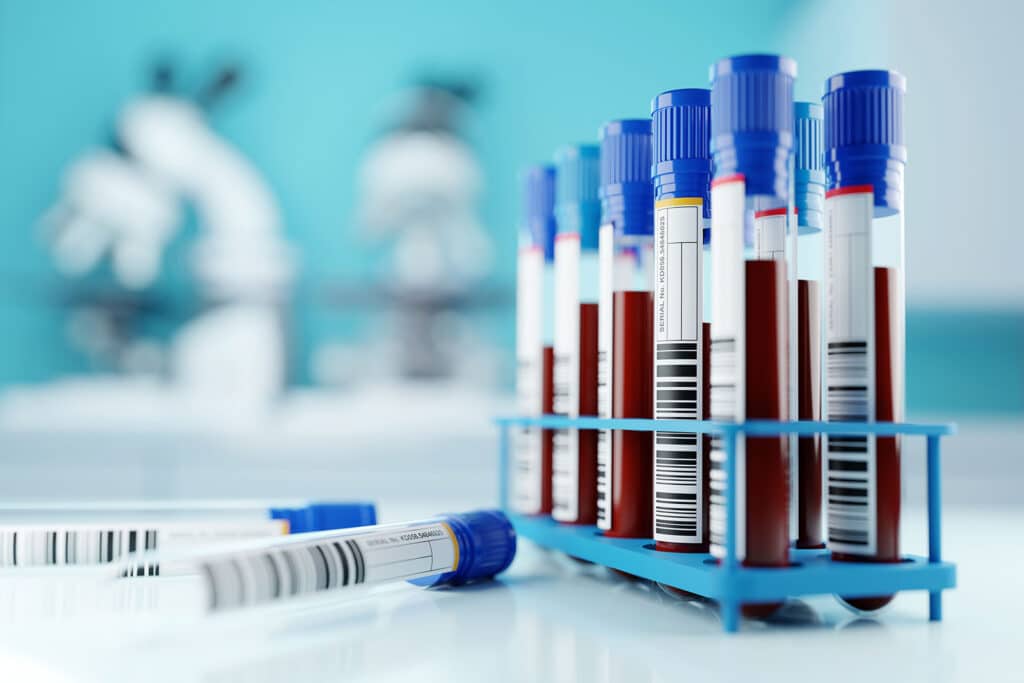
3. Blood Drug Tests
Effectiveness: Most accurate but least commonly used due to invasiveness
Detection Window: A few hours to a couple of days, depending on the drug.
Pros:
- Highly accurate and detects active drug levels (not just metabolites).
- Used in medical and forensic settings.
- Useful for determining impairment levels (e.g., DUI cases).
Cons:
- Invasive (requires a blood draw).
- Expensive and requires laboratory analysis.
- Short detection window (not ideal for long-term drug history).
Best For: Medical settings, forensic drug testing, and overdose investigations.
4. Hair Follicle Drug Tests
Effectiveness: Hair drug testing is best for long-term detection but not useful for recent use
Detection Window: Up to 90 days or longer.
Pros:
- Longest detection period (tracks drug use over months).
- Hard to cheat (drugs become embedded in the hair shaft).
- Used in employment screenings and court-ordered drug testing.
Cons:
- Expensive and requires a specialized lab.
- Does not detect immediate or recent use (takes 7-10 days for drugs to appear in hair).
- May give false positives if exposed to secondhand drugs (e.g., smoke exposure).
Best For: Long-term drug use history, court cases, and high-level employment screenings.
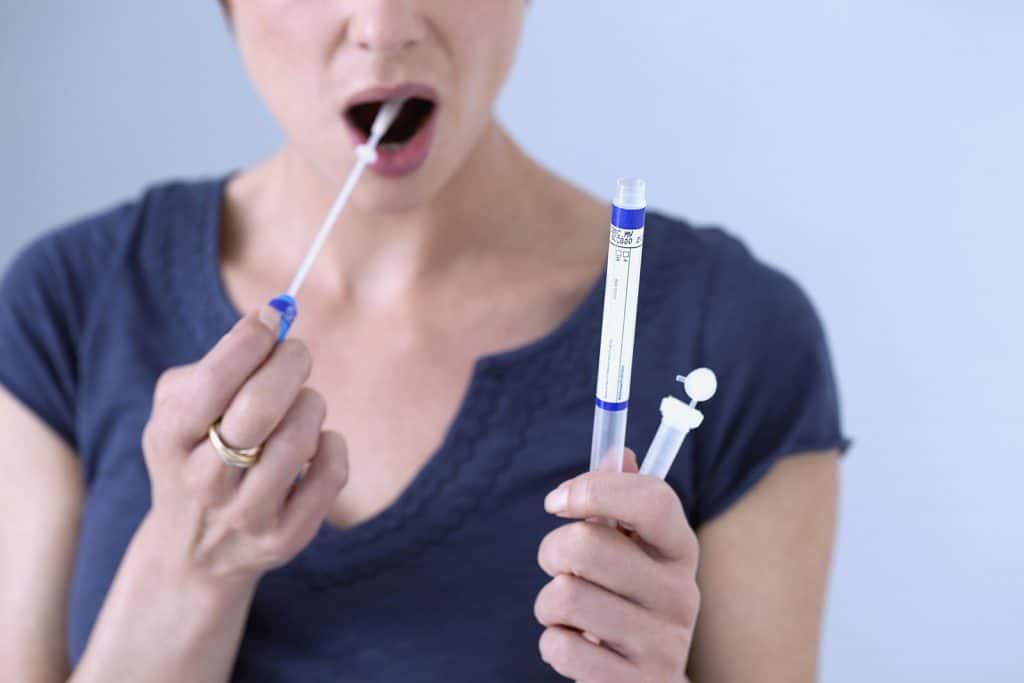
Which Drug Test Kits are the Most Effective?
- For Recent Use (Hours to Days): Mouth Swab (Saliva) & Blood Test
- For Moderate-Term Use (Days to a Week): Urine Test
- For Long-Term Use (Months to Years): Hair Test
Mouth swab tests are fast and non-invasive but have a short detection window. Urine tests provide longer detection but can be tampered with. Blood tests are highly accurate but invasive, while hair tests are best for detecting long-term drug use. The best test depends on the purpose of testing—recent use, workplace screening, or forensic investigation.
How do they administer Mouth Swab Drug Tests?
Usually, when a healthcare professional administers a mouth swab, they will either place it under the tongue or put it between the gums and cheek. These are both good spots from which a good sample of saliva can be collected. The testing device, often containing an absorbent pad, collects the saliva. If the sample is able to be analyzed on-site, then that analysis will usually be performed quickly. If, however, the lab is off-site, then the sample will be sent for analysis there. Lab workers will use either chromatography-mass spectrometry or enzyme immunoassay to determine accurate results, including the presence of drugs and a positive result if applicable.
Many in law enforcement do like the convenience of using a mouth swab. For example, a police officer can administer a mouth swab to someone they suspect of driving under the influence or post-accident. Because a breathalyzer test can only pick up on alcohol, a mouth swab provides a much more thorough method of determining whether someone is intoxicated. It’s much easier than a blood draw and — unlike hair samples — is specifically targeted to determining whether or not someone has very recently used drugs.
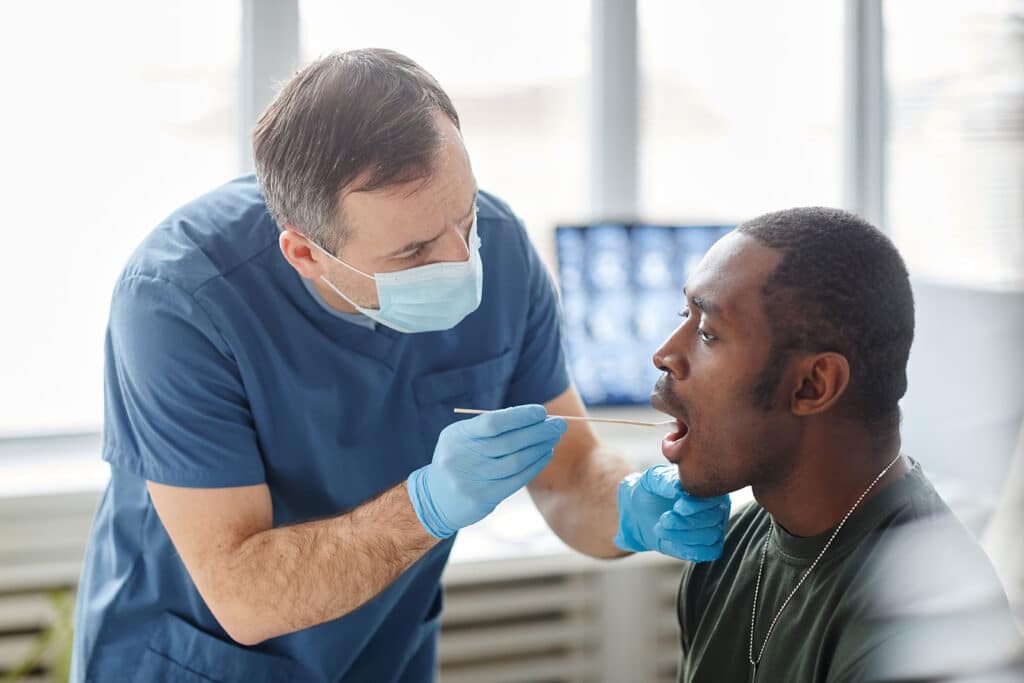
The Science of Having Your Saliva Tested
When you take drugs, they will be present in your blood vessels, including even your smaller blood vessels; these are called capillaries. From the capillaries, the drugs — or their metabolites — will travel to the salivary glands, upon which point they make their way into your saliva. It’s important to note that pH levels can play a surprisingly big role in the way the drugs are processed. This depends upon whether your saliva pH is more acidic or alkaline. Saliva pH can be influenced by factors such as your diet and even how much water you’ve imbibed on a particular day. The blood-saliva barrier is another big factor. Between those aforementioned capillaries and saliva glands, seemingly tiny concerns such as molecular size can make a large impact. Even your personal blood flow to the saliva glands can influence the drug test results of a mouth swab.
Are You Worried About Failing a Mouth Swab Test?
If you’re concerned about failing a drug test due to substance use, the best solution is to seek professional treatment. Overcoming addiction is challenging, but help is available.
At Long Island Treatment Center, we provide:
- Detox programs to safely remove substances from your system
- Individual and group therapy to address substance use habits
- Intensive outpatient programs for flexible treatment
- Cognitive behavioral therapy (CBT) to help prevent relapse
If you or a loved one is struggling with substance abuse, contact us today. Our compassionate team of healthcare professionals is here to help you regain control of your life—without judgment.
References
https://www.ncbi.nlm.nih.gov/pmc/articles/PMC1579288/
https://www.ncbi.nlm.nih.gov/pmc/articles/PMC5005587/
https://academic.oup.com/jat/article/43/6/415/5524345
https://www.ojp.gov/pdffiles1/nij/grants/203569.pdf


